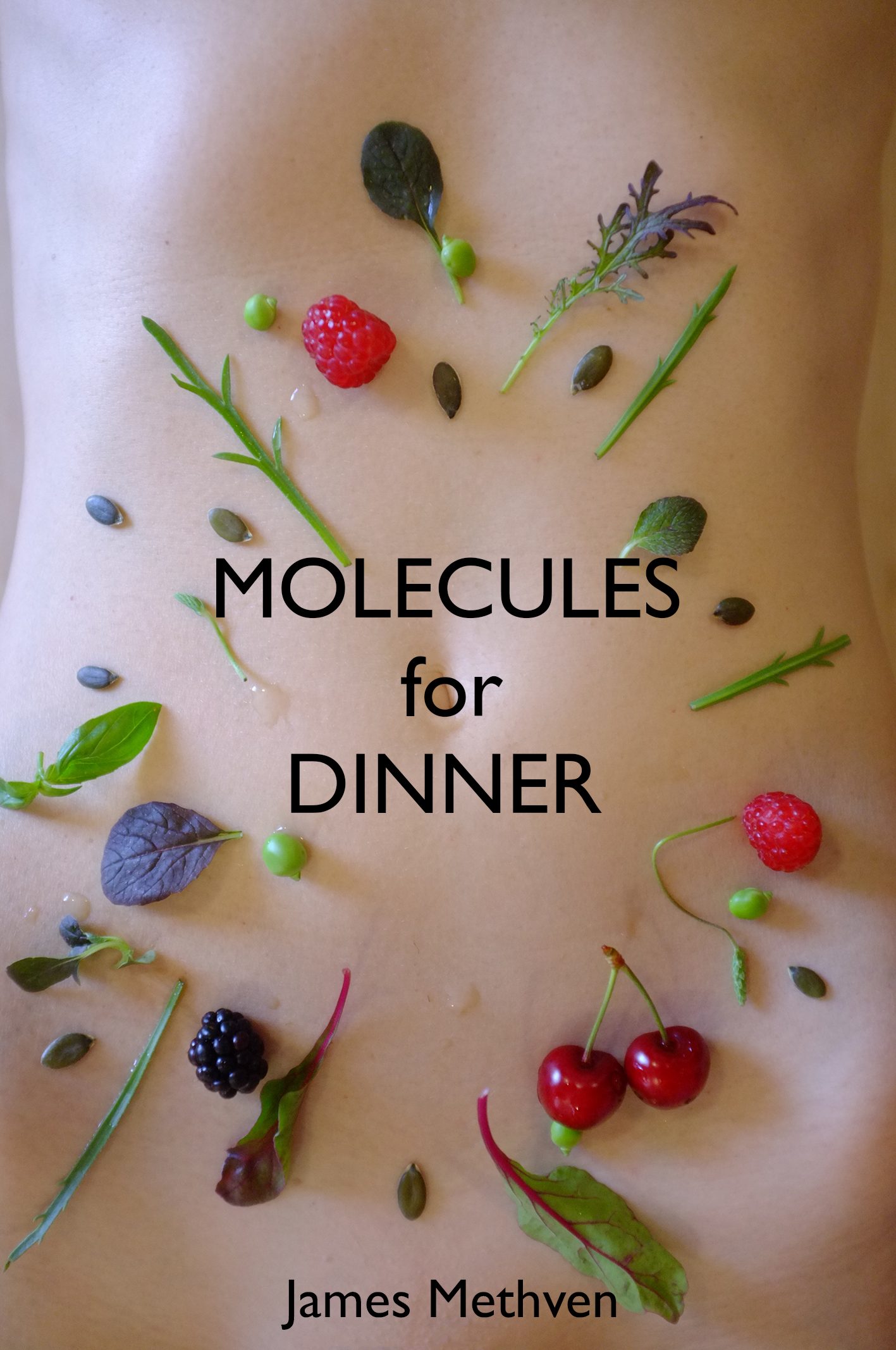MOLECULES for DINNER
Once upon a time, when organic carrots were just called carrots, people ate seasonally-available, locally-grown food and the most popular fast food was a ploughman’s lunch: a time before “The Clown, The King, and The Colonel”.
This was a time when people went to bed with the sun and midnight really was the middle of the night. People toiled in the fields. There were very few who sat at a desk all day and none that spent their evenings on the sofa watching Netflix.
Things have changed (some for the better) and our resulting post-Henry Ford, food landscape has become a little more complicated. For many, the fresh produce aisles that mark the perimeter of supermarkets are now their only contact with agriculture. These increasingly home-brand dominated temples give centre stage to the processed and packaged, shelf-stable products with “added value”; many adorned with on-trend labels such as low fat, antioxidant-rich, high in omega3, cholesterol-lowering and gluten–free.
Wouldn’t it be great if you knew what all those molecules were and you didn’t need a label to know where to get the good stuff? Say, understanding what free radicals really were and how you can minimise your exposure to these bad-ass molecules? I’ll wager that everyone has heard of antioxidants and that virtually no one knows how they placate free radicals or what can happen if those free radicals are left to run amok.
Once you understand that the scenes are all played out at a cellular level by molecules, you will want the good guys to outweigh the baddies.
Our food landscape has changed immeasurably over the last hundred years or so. Understanding the historical context and the advances that have been made in science and industry can help us to understand those changes and how we got to where we are today.
Once you understand the basic mechanisms that govern our metabolism, you will realise that the art of eating well is not complicated.
MOLECULES for DINNER:
- How genes direct the production of proteins and how telomeres protect your DNA.
- What gluten is and how it may affect your health.
- How molecules found in cruciferous veg can help stave off cancer.
- Bite-size sections on lipids, protein, carbohydrates and fibre: from the food on your plate to you.
- What cholesterol is, how your cells use it and how soluble fibre can reduce the amount your body absorbs.
- How your food is broken down and used by your cells – in some cases literally joined together like some great stickle-brick sculpture to become part of you.
- Guidelines on vitamins and minerals, where to find them and how they can positively or negatively affect health.
- A breakdown of how our understanding of food and nourishment has changed – and the advances that have been made in science and industry which have led to where we are today.
- Guidelines on how to wisely navigate today’s complex food culture.
- How environmental toxins damage cells and why you should reduce your exposure to them.
- A recipe section with vegan and vegetarian dishes to get you excited about delicious, nutrient-dense food.
This book will inspire you to eat for your ~37.2 trillion cells and help you answer the whys and wherefores of diet and nutrition: a celebration of your cells and the food that feeds them. An easily accessible book broken down into bite-sized pieces: taking you from atomic to molecular and from cellular to you. With tips on how to approach shopping and cooking; and a section containing my favourite, delicious, nutrient-dense recipes to get you excited about cooking and inspire you to look after your cells – and those of your loved ones. Once you start to think on this scale, your food becomes amazing.
JAMx


